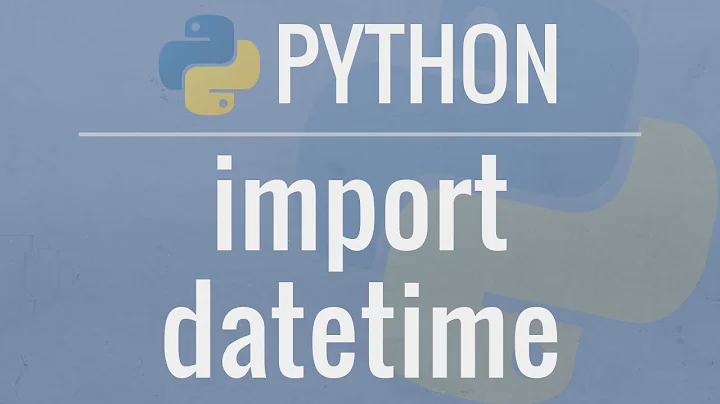What is the inverse of date.toordinal() in python?
Solution 1
The opposite is date.fromordinal
classmethod date.fromordinal(ordinal)
Return the date corresponding to the proleptic Gregorian ordinal, where January 1 of year 1 has ordinal 1. ValueError is raised unless 1 <= ordinal <= date.max.toordinal(). For any date d, date.fromordinal(d.toordinal()) == d.
Solution 2
It's date.fromordial() as Jon wrote in the comments.
or datetime.fromordinal()
You can read more about it in the date= documentation
and for datetime
From the docs:
classmethoddate.fromordinal(ordinal)Return the date corresponding to the proleptic Gregorian ordinal, where January 1 of year 1 has ordinal 1.
ValueErroris raised unless1 <= ordinal <= date.max.toordinal().For any date
d,date.fromordinal(d.toordinal()) == d.
Solution 3
I found the answer in this question.
>>> from datetime import datetime
>>> dt = datetime.fromordinal(733828)
Related videos on Youtube
Comments
-
Mermoz over 1 year
In python, a
dateobject can be converted in the proleptic Gregorian ordinal this way:d=datetime.date(year=2010, month=3, day=1) d.toordinal()but what is the reverse operation?
-
 Jon Clements almost 11 yearsErr.... date.fromordinal ?
Jon Clements almost 11 yearsErr.... date.fromordinal ?
-






